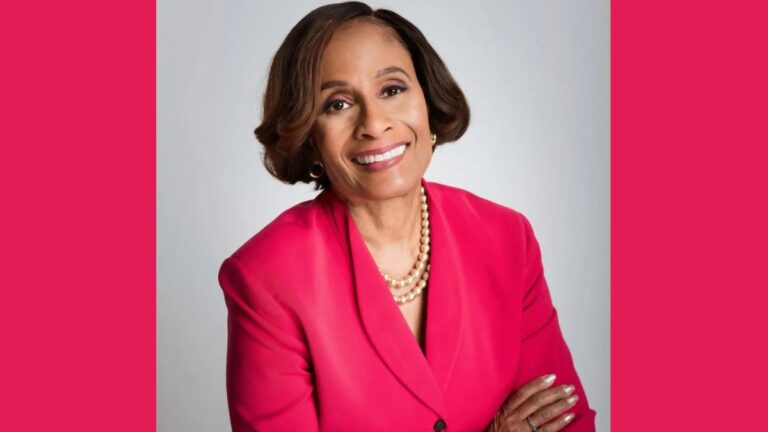
It was a vivid 3×5 card (more like a booklet) with enthusiastic images and mottos about cash. Consistently, I put a dime in one of its minuscule openings. Assuming I review accurately, the card held around five bucks worth of dimes that I could take to school and trade for a U.S. Investment funds Security.
U.S. Reserve funds Securities were sold in schools as a component of a program called the “Reserve funds Securities in Training System.” The program started in 1956 and went on through the 1970s. It was intended to urge understudies to set aside cash and to find out about finance, while supporting the public authority. Under the program, bonds could be bought for just $1.
This was no joking matter for myself as well as my colleagues at Gwynns Falls Primary School-and for understudies all through Baltimore. It was additionally, for the vast majority of us, our most memorable genuine prologue to investment funds — stashes avoided. Through reserve funds securities, that’s what we discovered on the off chance that we clutched our securities for a predetermined time span, they would be worth more upon recovery. In any case, the financing cost was so low it required a long investment to get to confront esteem!
This was my most memorable prologue to fund and investment funds. A couple of years after the fact, I got one more example in finance from my mom who was a solitary parent to three school-matured youngsters. I was the most seasoned. At some point, my mom called every one of the three of us into a family meeting and said “I’m maintaining two sources of income and in graduate school, and I want some assistance. In this way, from here onward, your sister Toni will deal with the family checkbook, and taking care of the bills for the family.”
What? I’m 16. What do I am familiar with checkbooks and bills?! Isn’t it enough that I have two more youthful kin to watch? Indeed, anybody who knew my mom, realizes that didn’t discourage her. Not the slightest bit.
Two or after three weeks, she counted on me and added my name to her financial records. Then she put me down at the lounge area table, provided me with a rundown of bills and said, “Simply ensure we have food, that the home loan is paid, and that the lights stay on.”
Definitely, she’s joking, I pondered internally.
I could have done without math (or so I thought), substantially less financial plans and bills. Say thanks to God, she trained me en route and in the long run I figured out how to deal with the family funds. Furthermore, indeed, we ate consistently and the lights remained on.
The reason behind sharing this story isn’t to feature my mother or me, however to feature the significance of showing monetary illustrations to our youngsters at an early age – the previous the better. Ordinarily, in any case, that is not what’s going on in the African American population for different reasons. Thus, I chose to go the Man-made brainpower (chat.openai.com) course to see what “they” needed to say because of my question, “How can it be that many Dark Americans have hardly any familiarity with money and financial planning.”
The following is the computer based intelligence produced reaction: “There are various variables that add to the monetary proficiency hole among Dark Americans. A portion of these elements include:
1. Verifiable and progressing separation: Dark Americans have confronted segregation in numerous everyday issues, including schooling, business and lodging, which has restricted their admittance to monetary assets and amazing open doors.
2. Absence of admittance to monetary training: Many schools don’t offer complete monetary instruction, and Dark Americans might not approach monetary proficiency assets beyond school. Furthermore, monetary data is much of the time written in complex terms and language, which can make it challenging for individuals with restricted monetary training to comprehend.
3. Absence of confidence in monetary establishments: because of verifiable and continuous segregation, many Dark Americans have an absence of confidence in monetary foundations and might be reluctant to put away their cash. They may likewise be bound to depend on casual monetary organizations, like loved ones, instead of conventional monetary establishments.
4. Monetary imbalance: Dark Americans are bound to live in neediness and have lower middle wages than White Americans, which can make it challenging to set aside and put away cash.
Goodness! Simulated intelligence will be (and right now is) a distinct advantage.
It is vital to take note of that these variables are not restrictive to Dark Americans, and that monetary education is a far reaching issue in the US. It is critical to address monetary proficiency as a fundamental issue that requires a thorough methodology, including expanding admittance to monetary schooling, advancing monetary consideration, and tending to the main drivers of financial imbalance and separation.”
Primary concern? While primary and plain bigotry are as yet fit as a fiddle in America, monetary proficiency is an unquestionable requirement for the headway of any local area and the making of generational riches.
As Booker T. Washington so appropriately said, “At the lower part of training, at the lower part of legislative issues, even at the lower part of religion, there should be for our race financial freedom.”
This article incorporates data produced by man-made consciousness.